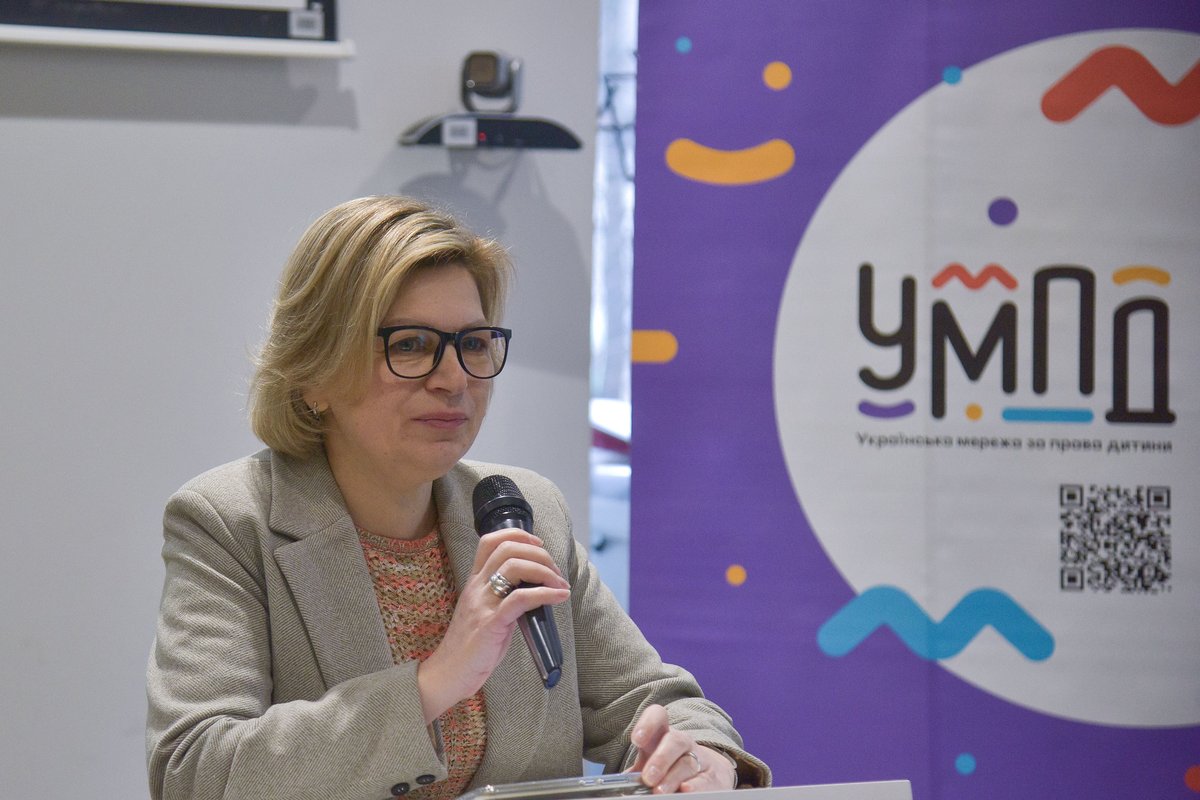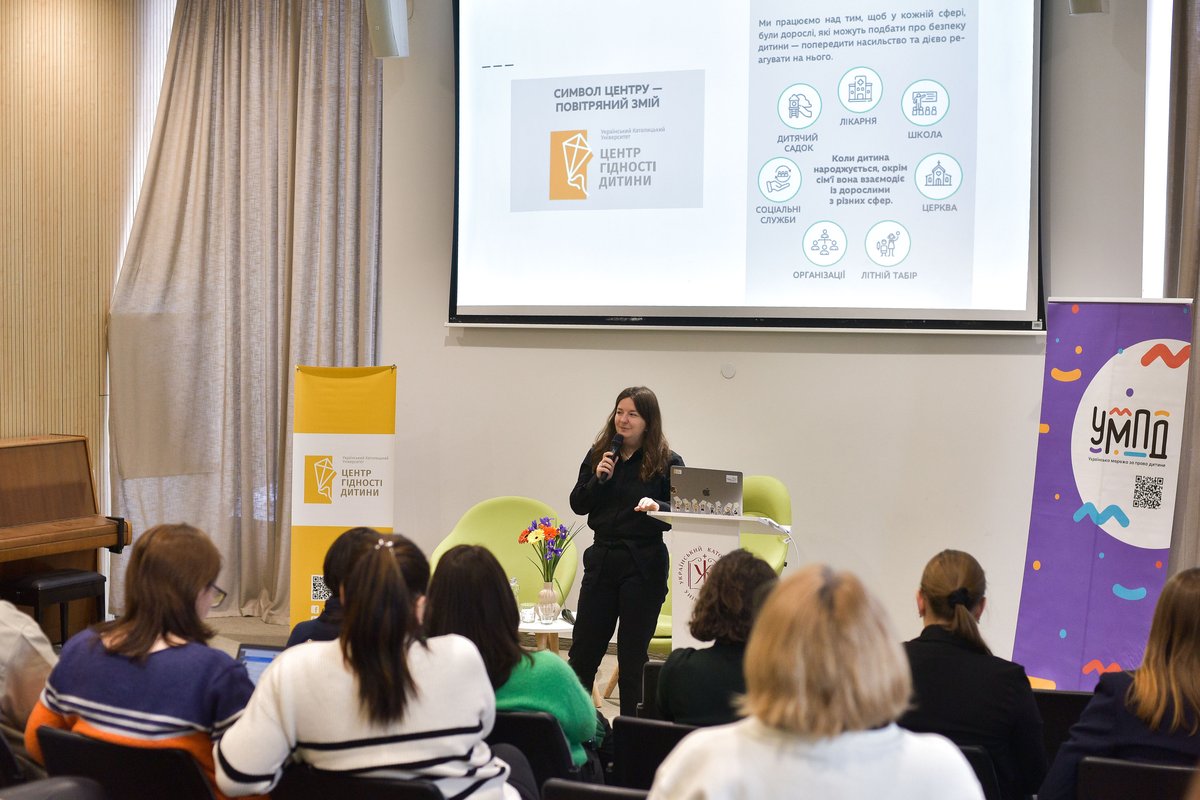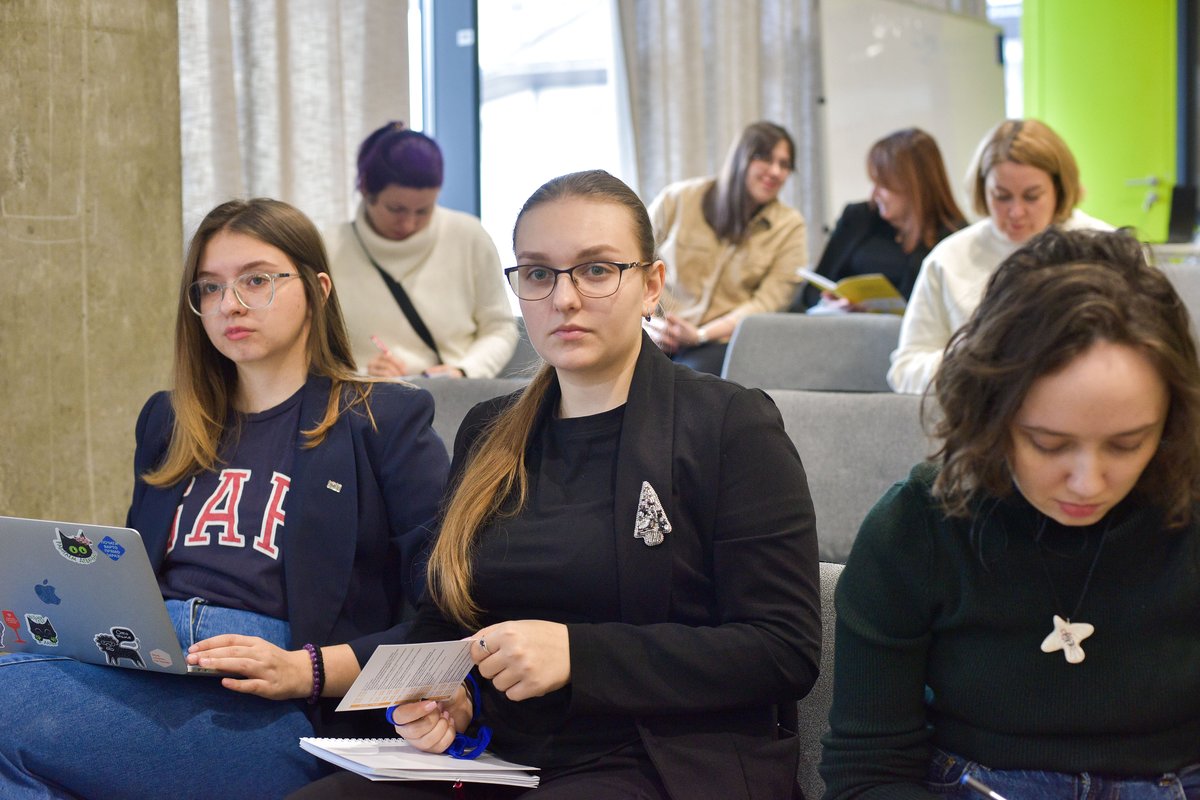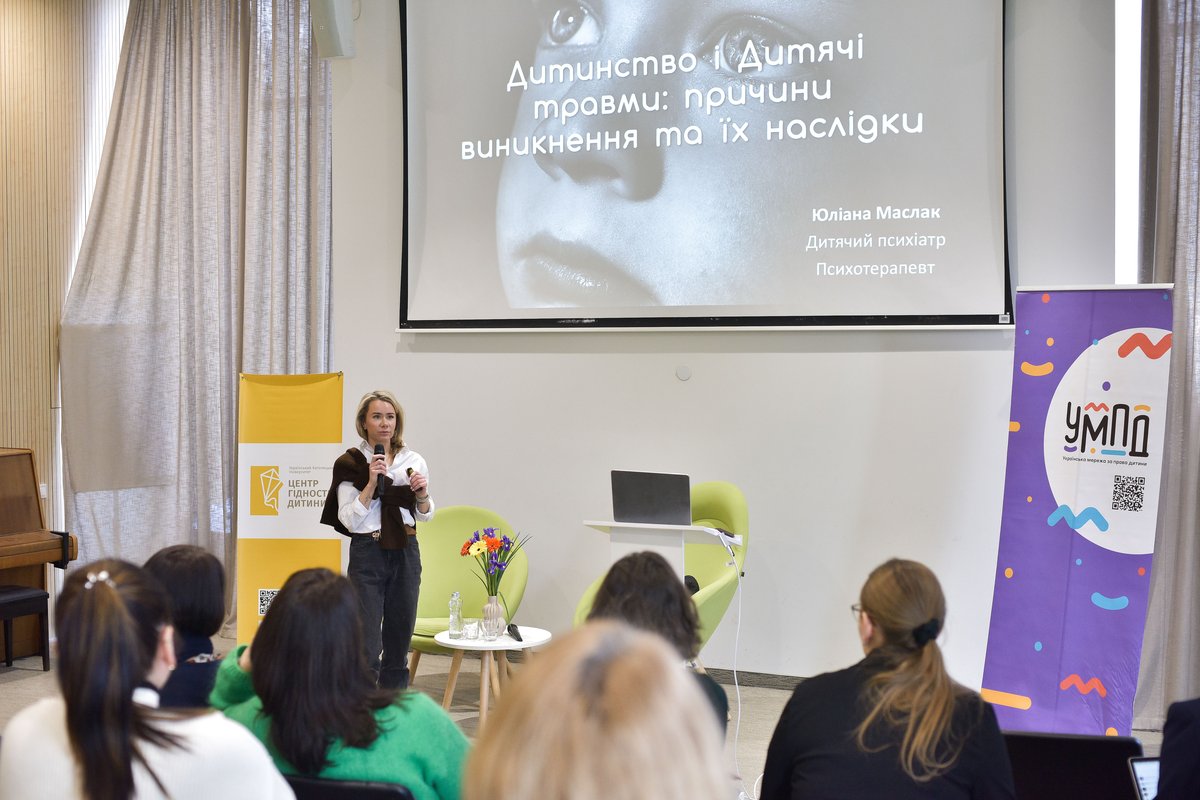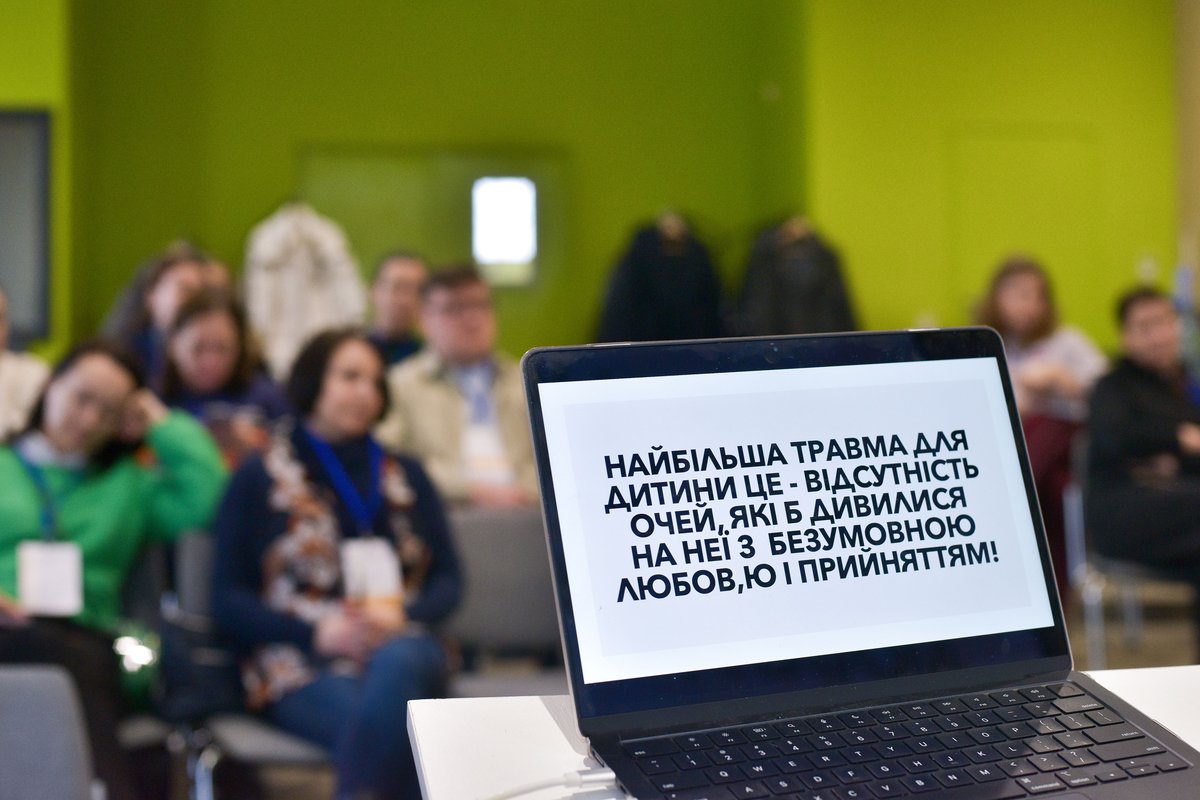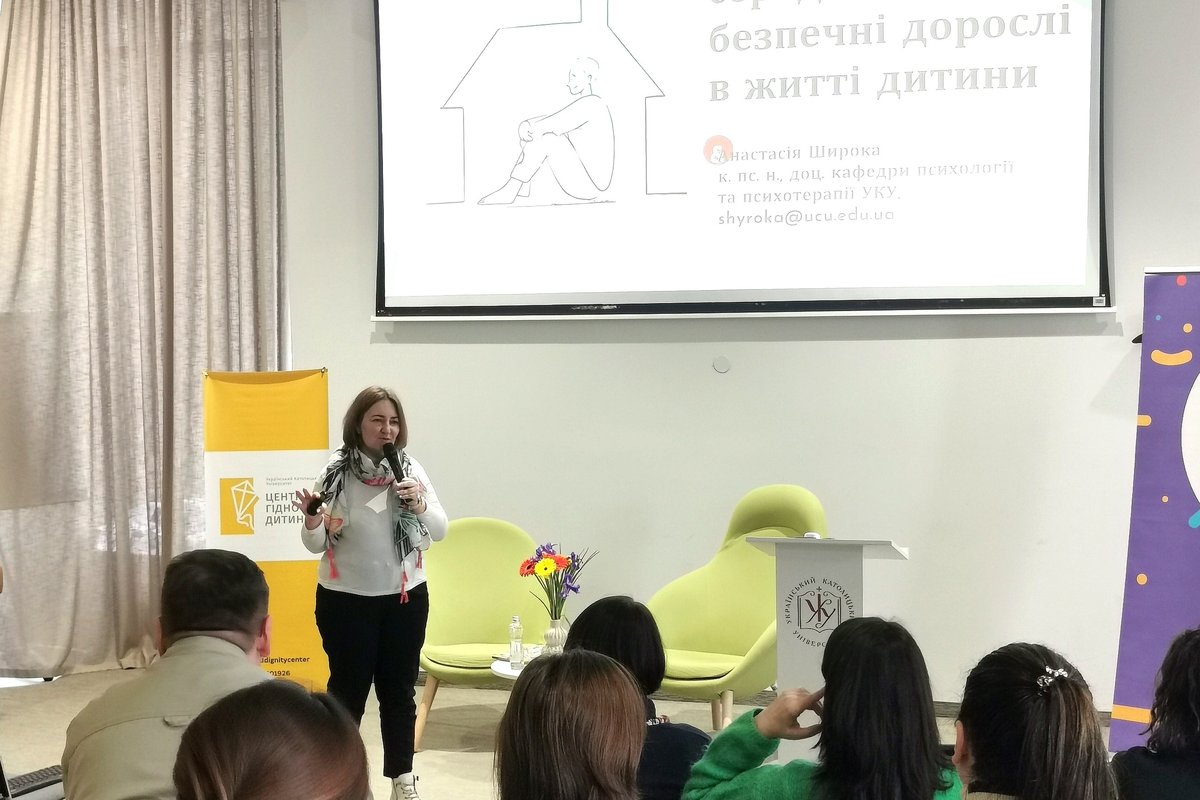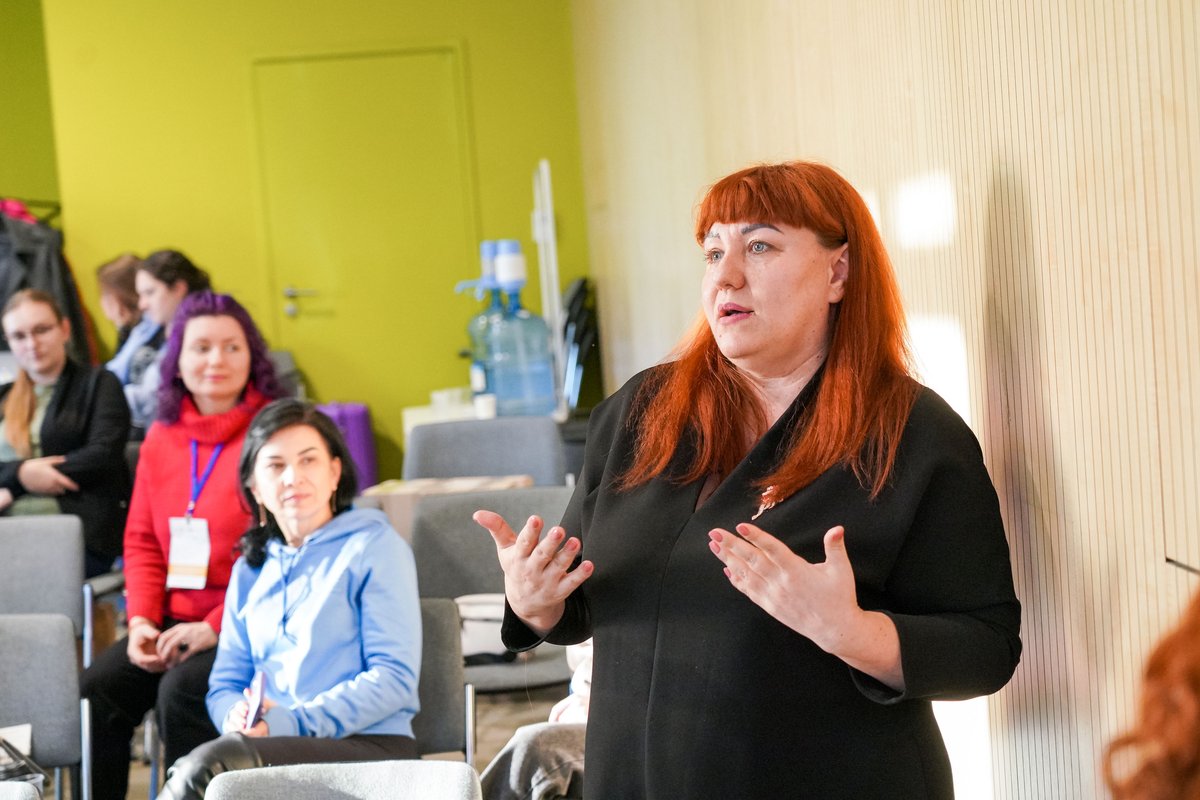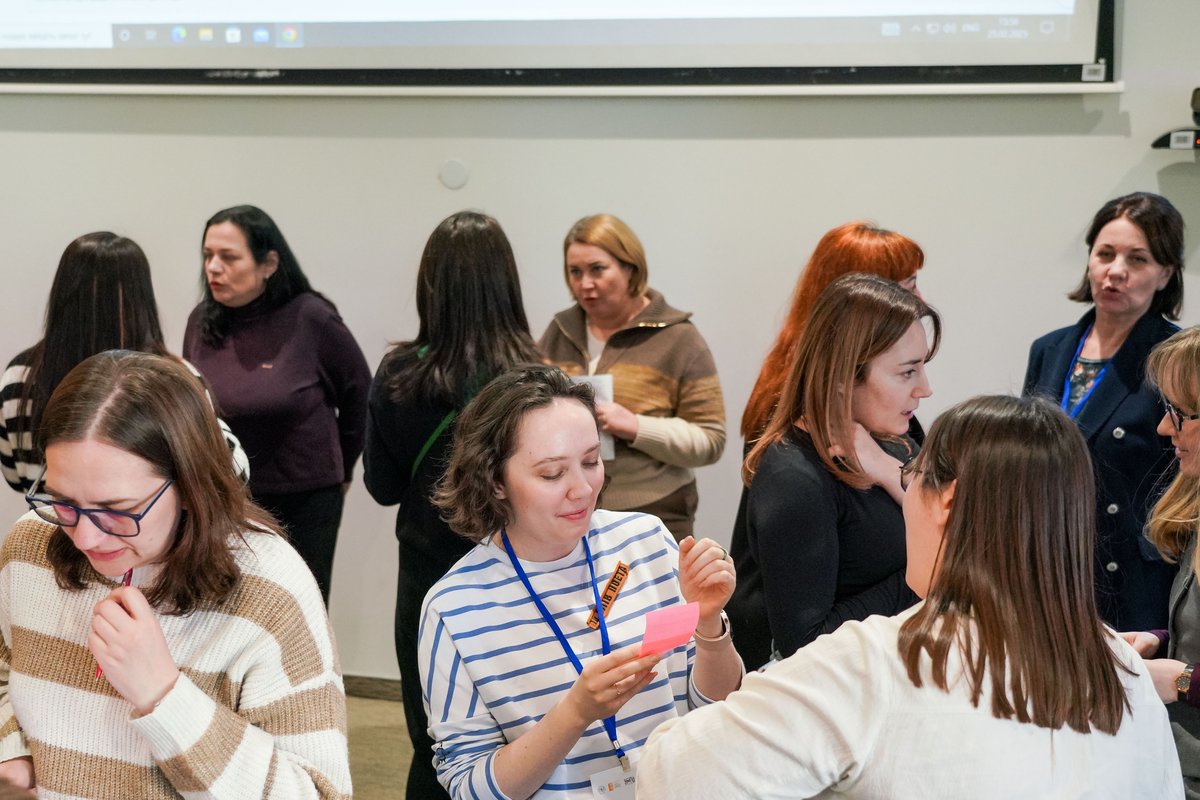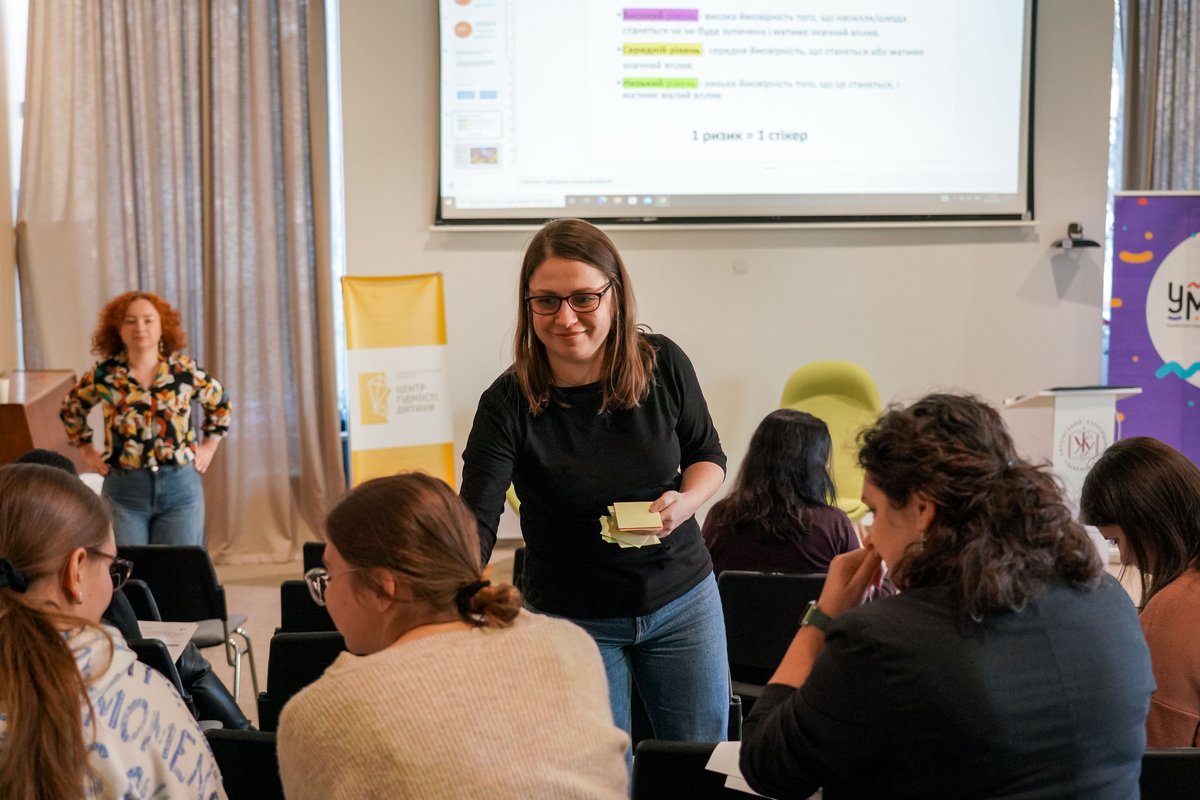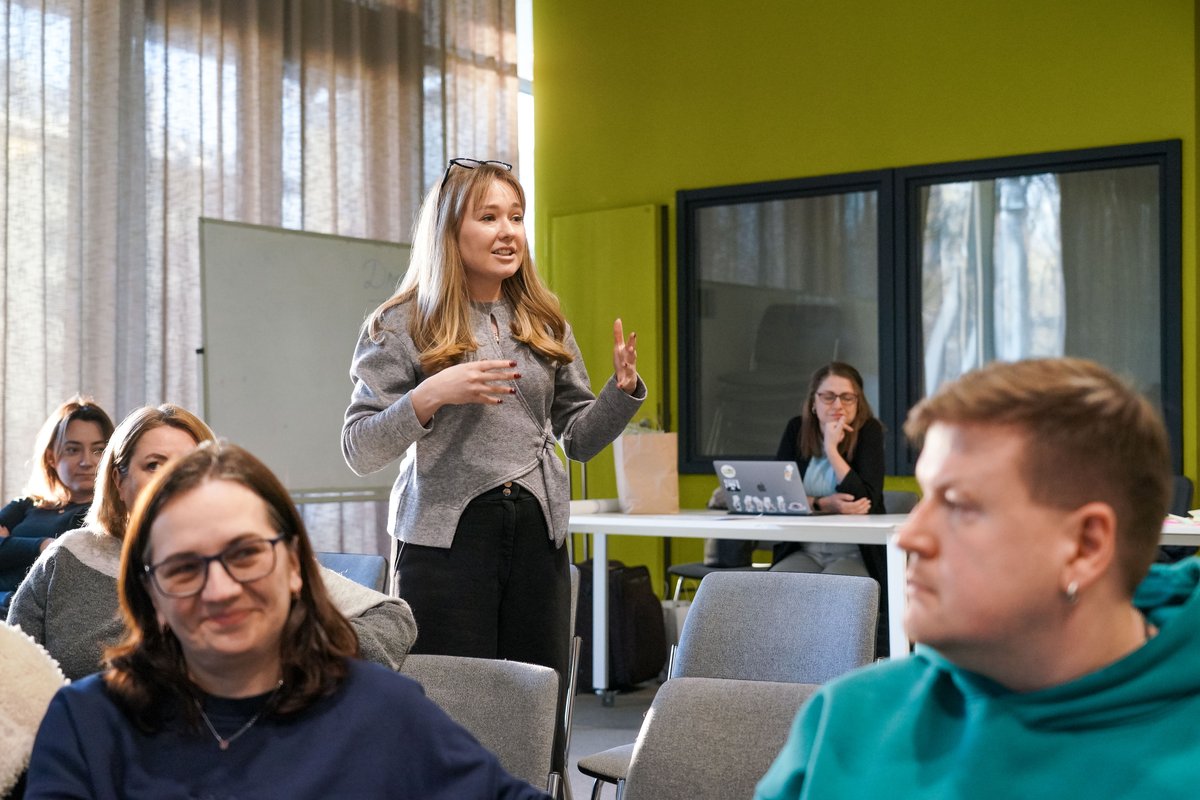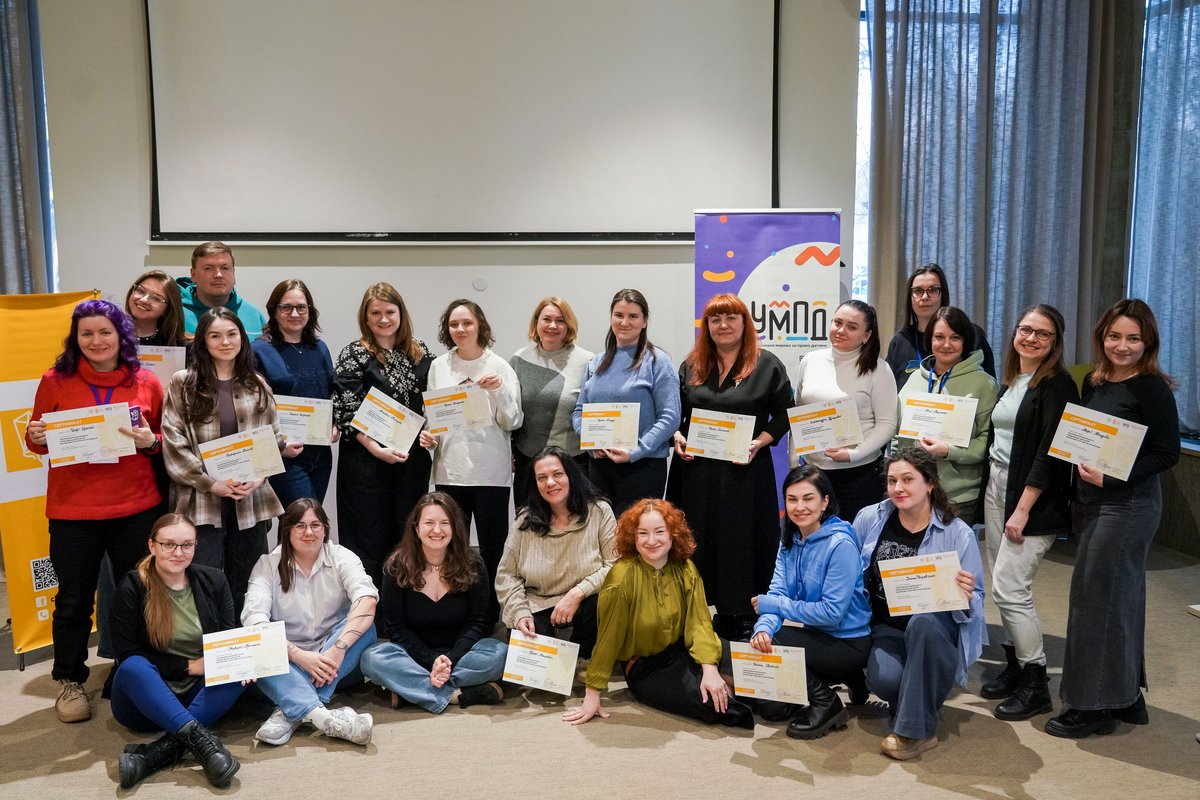Acting in the Best Interests of the Child
From February 24 to 26, the Child Dignity Center of UCU held training as part of the certification program "Creating a Safe Environment for Children. Safety Policy in Organizations." The participants included representatives from 17 member organizations of the Ukrainian Network for Children's Rights (UMPD) and the secretariat.
Over the course of three days, representatives of civil society organizations from Dnipro, Kyiv, Zhytomyr, Poltava, Pyriatyn, and Zvenyhorodka familiarized themselves with international standards for safeguarding children from violence, analyzed potential risks and threats within their own institutions, exchanged experiences, and worked on safety policies for children.
Safety policies are specific rules and algorithms within an organization that help employees understand how to act when there is a threat to a child's safety.
The program was approved by the Academic Council of the Faculty of Health Sciences at UCU and is designed for 45 academic hours, which equals 1.5 ECTS credits. After the three-day training, each participant is required to develop or update safeguarding policies in their organization or charitable foundation, receiving consultations from experts at the Child Dignity Center of UCU.
Svitlana Kohut, Doctor of Pedagogical Sciences and Dean of the Faculty of Health Sciences at UCU, welcoming the participants of the certification program, noted: "You work directly with children, and the value of this training lies in the fact that the knowledge you gain will be implemented in practice for the dignified development of every child."
The Head of the Child Dignity Center at UCU, Khrystyna Shabat, began the training day with a lecture on how the attitude toward children has evolved throughout history and the development of modern standards for safeguarding children. She emphasized that the issue of children's safety should unite the efforts of professionals from various fields for a comprehensive approach. She also noted that safety policies are a response to risks not regulated by legislation, and it is important to develop them by involving organization staff, and, where appropriate, children and the community.
"Children must feel safe. They should know and believe that no adult or any other child can harm them, and if it happens, there are adults who will definitely help," concluded Khrystyna Shabat.
Yuliiana Maslak, a child psychiatrist and psychotherapist, spoke about childhood trauma, its causes, and consequences. Any form of violence is a traumatic experience, so it is important to understand how to help a child cope with it, as children are more vulnerable to trauma than adults. The consequences of trauma can include post-traumatic stress disorder, as well as difficulties with learning and social adaptation, anxiety disorders, behavioral issues, depression, and more.
How can we help a child live through a traumatic event? The expert shared some advice: "Take the child to a safe environment. Stabilize their condition, help restore their resources. After that, comes the stage of delicately processing the memories and turning them into a story that can be reinterpreted and shared with others. And of course, continue to create life, drawing conclusions from the experience."
Anastasia Shiroka, a psychologist and associate professor at the Department of Psychology and Psychotherapy at UCU, explained who safe adults are in a child's life, their significance, and what a safe environment means.
A safe adult is not a source of fear for the child—they do not attack physically or psychologically (through criticism, sarcasm, devaluation, rejection), they know how to restore connection after arguments and conflicts, acknowledge when they are wrong, and apologize. With them, the child feels heard, understood, and important. Thanks to the safe adult, the child learns to develop healthy coping strategies for life's challenges. "A safe adult brings engagement, love, care, calmness, and empathy into the child's life," noted Anastasia Shiroka.
In addition to lectures, participants in the certification program had practical sessions, where they worked independently and in groups to identify risks of violence and ways to mitigate them, with the support of Ivanka Rudakevych, the Head of Projects and Programs at the Child Dignity Center.
What are safety risks? These are the likelihood of an event occurring that could harm a child, such as abuse or a bullying situation.
All employees of an organization that works with children must know what to do and who to turn to when they have concerns about a child's safety. This is exactly why a safety policy is needed, as it provides answers on how to act in threatening situations. The clearer the response algorithm, the more willingly it will be used.
Ivanka Rudakevych, along with the participants, also sought answers to the question of what prevents children from reporting cases of violence. This can be for various reasons: distrust, fear of judgment or punishment, not knowing whom to report to, and so on. "There are different barriers that prevent both children and adults from reporting violence. The first step to overcoming them is realizing what could be standing in the way. In practice, we saw that some barriers are very difficult to overcome. For example, when facts of violence are suppressed at higher levels, when there is corruption, or when the police do not respond. All of this needs to be considered in the policy," shared Ivanka Rudakevych.
Reporting procedures should include ways of responding to both internal challenges within the organization regarding child abuse and external ones.
We believe that the training will be useful for building a safety system in civil society organizations for the benefit of children and their dignity.
"We often underestimate the risks that may exist within our organizations, and it is very important to realize that we must not only consider external threats to a child's safety but, first and foremost, create a safe environment within. For our organization, this training was crucial in understanding the challenges and the experience of overcoming them, how we can support each other, help, strengthen, and improve the existing practices that have already been implemented in our organizations," shared her impressions of participating in the training, Irina Shcherbina, a child and youth safeguarding advisor at "SOS Children's Villages Ukraine."
Photo: Vitalii Hrabar


